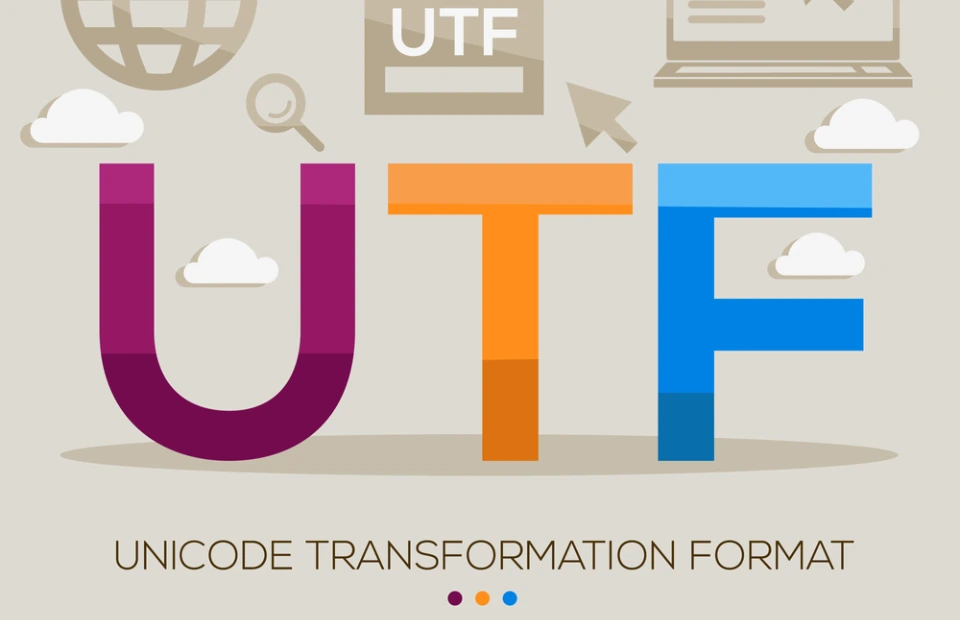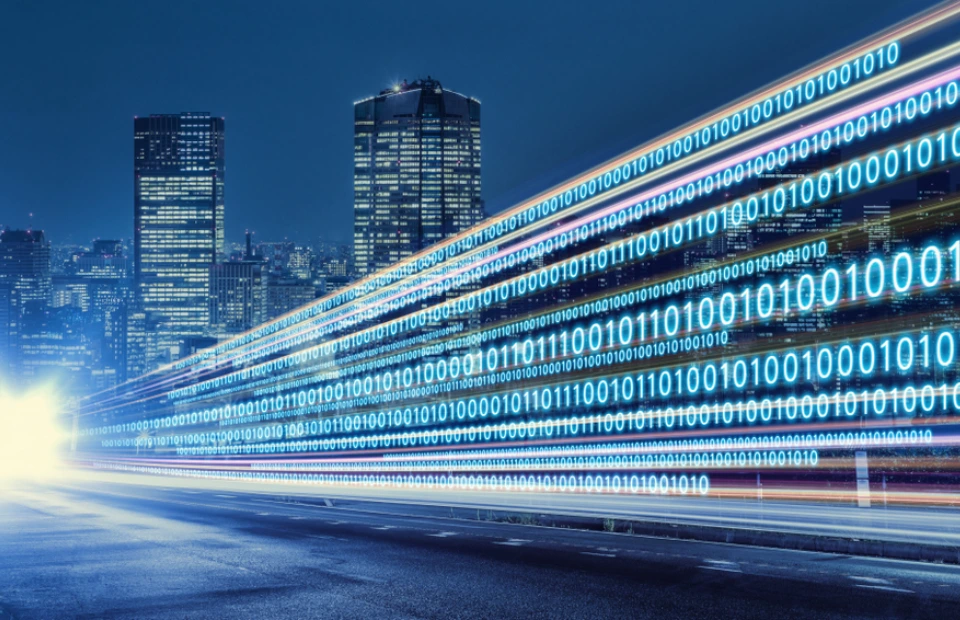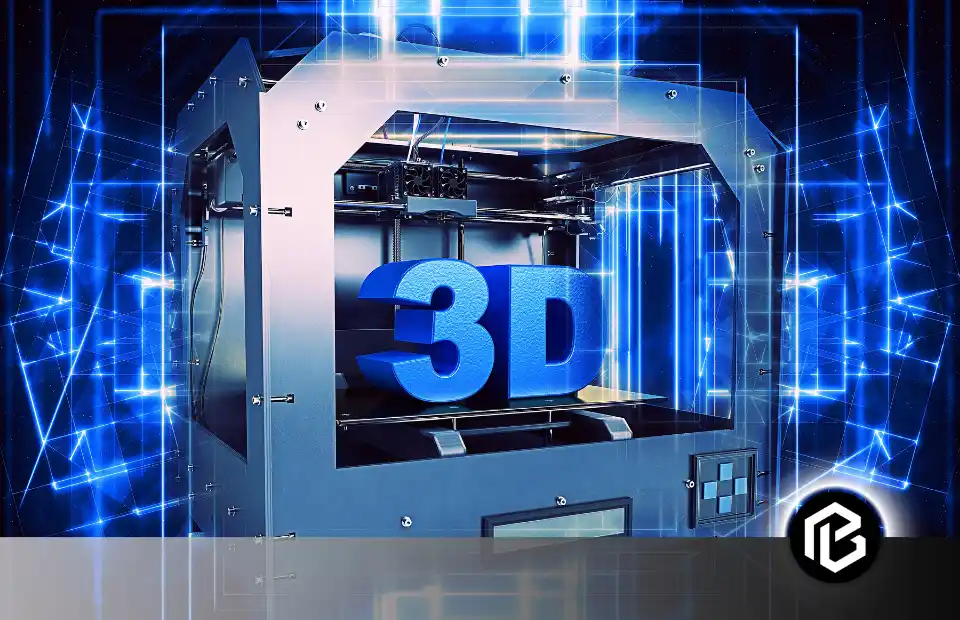Digitization is the process of converting analog data into a digital format. Digitalization is the process of using new technologies or workflows to leverage that digitized data.
Today is a very exciting day as we will dive into the revolutions of industry. As we know technology is rapidly advancing to change society and helping to make our lives easier and more efficient. Let’s learn about what digitization is. What is digitalization? What is digital transformation? What is the difference between them? I think you have heard all those three terms, but there is a fourth one I must throw into the mix, and that’s informatization.
What is Digital?

Digital is binary information. Now, you all know decimal numbers (0 to 9) we have 10 numbers. Binary information is information only using two numbers 0 and 1. And now, if we compare a little bit of decimal to binary and how to convert these two, what do we do with the decimal numbers?
We have decimal numbers from 0 to 9. Once we reach the 9, we do not have any symbol or any number that we could use to display the 10 just as one letter. We must do to a two-digit number, which is the 10. Then we continue until we reach the 19 and we come to the 20. Once we reach 99, we are out of the two-digit numbers and need a three-digit number.
Now we can use the same principle for binary numbers. We start with zero, we continue with the one. But now we are already out of our variety of numbers. We only have two, not ten. So, if we want to transfer the decimal two, this is in binary to say it differently. After the nine in decimal, we had to come to a ten.
After the one in binary, we must come to a ten. So, a two in decimal becomes a ten in binary. And a three in decimal becomes an eleven in binary. So again, we are out in binary, out of our variety of two-digit numbers. Now we already need a three-digit number. So, we continue with the 100. Once we reach our 100 in decimal, this becomes a seven-digit number in binary.
Digitization

It’s the transition from analog to digital. Suppose we have an analog phrase, word, or sentence in some letters and we want to digitize this analog information. So, for that, we used an encoding. This encoding is called UTF 8, the 8-bit Unicode Transformation Format, which is based on ASCII. ASCII is an encoding scheme that stands for American Standard Code for Information Interchange.
What a computer does is, it takes all this binary information, and this is the information, the computer uses internally.
Two Steps of the Digitization of a Waveform
The digitization of this analog signal of a waveform is performed in two steps. The first step is sampling and once we have those sampling points then comes the second which is the actual digitization.
Digitization is information being digitized not processes being digitized.
Examples
Analog communication is writing a letter by hand and digital communication is writing an email. Similarly, analog banking is about filling out a check and digital banking is about filling out the check on the web page.
What is Digitalization?

Digitalization is now about processes and roles, where we are using digitized information to simplify specific operations and processes. If we take an example of communication, then digitalization would be something like using WhatsApp or Facebook Messenger. It’s way easier to communicate doing it this way. So, therefore, we are simplifying our operations or processes using those tools.
Digitalization is like now we are on the road to the fourth revolution.
What is Digital Transformation?

Still, we are in proprietary systems and that’s now what changes digital transformation. Now digital transformation requires digitization and several digitalization projects. It’s driven by digital infrastructures, like networks and devices, by the availability of them, and by digital applications like mobile apps and web apps.
But what it is about? It’s to exploit new business models and value-added chains but to have automated communication between apps, tools, or equipment from manufacturer A with manufacturer B using standard communication channels. All of this is to get a better customer experience.
Now, if I want to transfer information there is an automatic stream and you don’t have to retype anything. Moreover, I can select the best manufacturer for each of the components I want to use.
Automating routine tasks in businesses helps to increase overall productivity and efficiency. Amazon which is one of the largest companies is also offering automation tools to enhance effectiveness.
So digital transformation is a:
- Change of business models
- Change of strategy
- Change of society
- Change of thought processes
Now, if we think back on our example, communication and banking. Now let’s think about that we have our virtual assistant and I tell my virtual assistant that I want to send a message to somebody else. So, my virtual assistant knows all the messaging tools I have, and he uses the best one to send that message to the person I want to send it to.
Suppose I also want to send my address with the message. The virtual assistant will use a web mapping tool to get my address and send this information using the communication channel to somebody else. And at the same time, perhaps I want to pay for something. So again, I can use my virtual assistant to communicate with my e-banking and then send a number finally.
So, you can see all this is to give the customer a better experience, to have it in one flow. It is to remove the frustration of using different tools for every process and every time rewriting everything.
Digitization Vs Digitalization

The difference between digitization and digitalization is given as follows. It includes everything you ever need to know about these two terms:
| Digitization | Digitalization |
| It is used to convert analog information into digital information. | It is more than just converting the information into digital information. |
| Its purpose is to store the coming information in the digital form. | It allows one to easily access and use the information. |
| It focuses on integrating digital solutions in organizations to increase efficiency. | It involves the use of advanced digital technologies to increase the productivity of the organization. |
| It can be applied to any document. These documents include images, videos, and many others. | It requires a culture shift and changes in organizational mindset. |
| It helps in reducing the physical storage space. | It helps with automation and saves a lot of time. |
| It requires a culture shift and changes in organizational mindset. | It requires culture shift and changes in organizational mindset. |
Conclusion
In the digital era, understanding digitalization vs digitization is very important. These terminologies have their benefits and roles. These help us to have digital transformations in our businesses. By having digitization and digitalization, businesses can increase their productivity, enhance efficiency, and stay competitive in the rapidly evolving digital world! We hope this piece of information helps in making your lives easier and happier!
Frequently Asked Questions on Digitalization vs Digitization
What is digitization?
Digitization is the process of converting analog information or physical objects into digital formats, such as scanning paper documents to create digital files or converting analog audio recordings into digital audio files.
What is digitalization?
Digitalization refers to the broader transformation of processes, businesses, or industries through the adoption and integration of digital technologies. Digitalization involves optimizing digital tools and platforms to streamline operations, increase customer experiences, and encourage innovation.
How do digitization and digitalization contribute to digital transformation?
Digitization and digitalization are both integral components of digital transformation. Digitization lays the foundation by converting analog assets into digital formats, while digitalization drives the strategic use of digital technologies to innovate, optimize, and create new value propositions.
How do digitization and digitalization impact businesses and industries?
Digitization and digitalization have significant impacts on businesses and industries by improving efficiency, agility, and competitiveness. They enable organizations to access and analyze data more effectively, streamline operations, enhance customer engagement, and capitalize on new opportunities in the digital economy.





